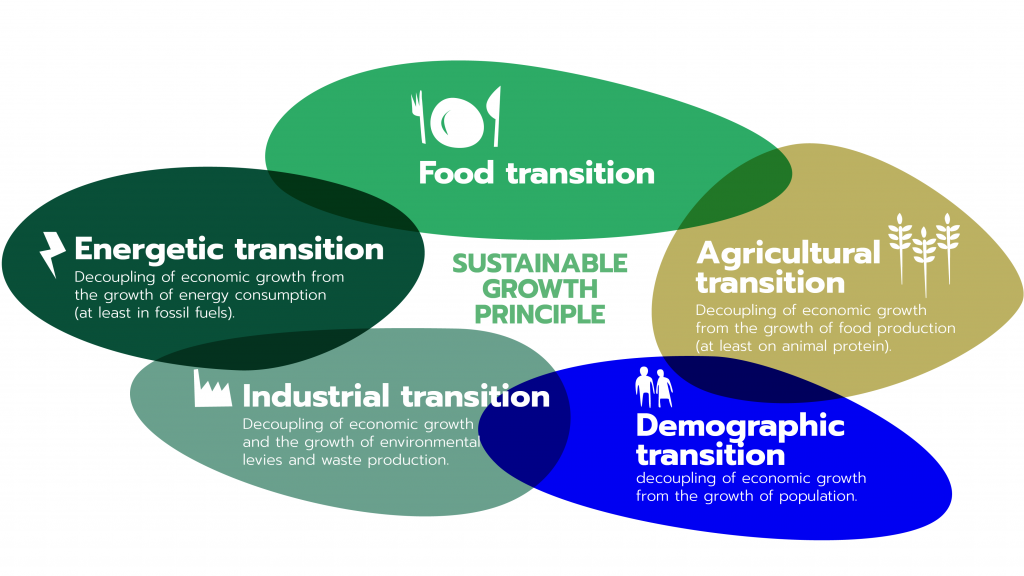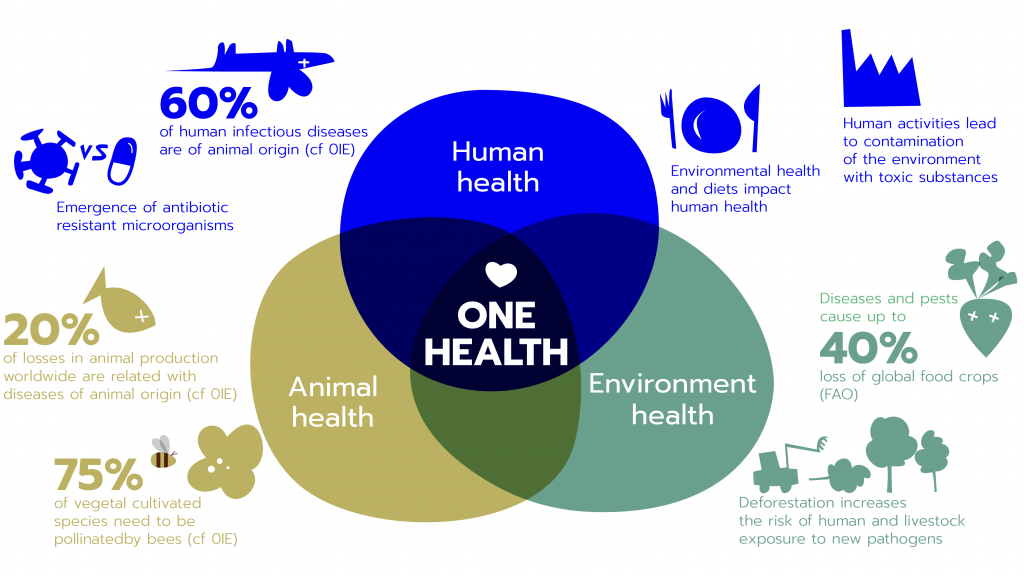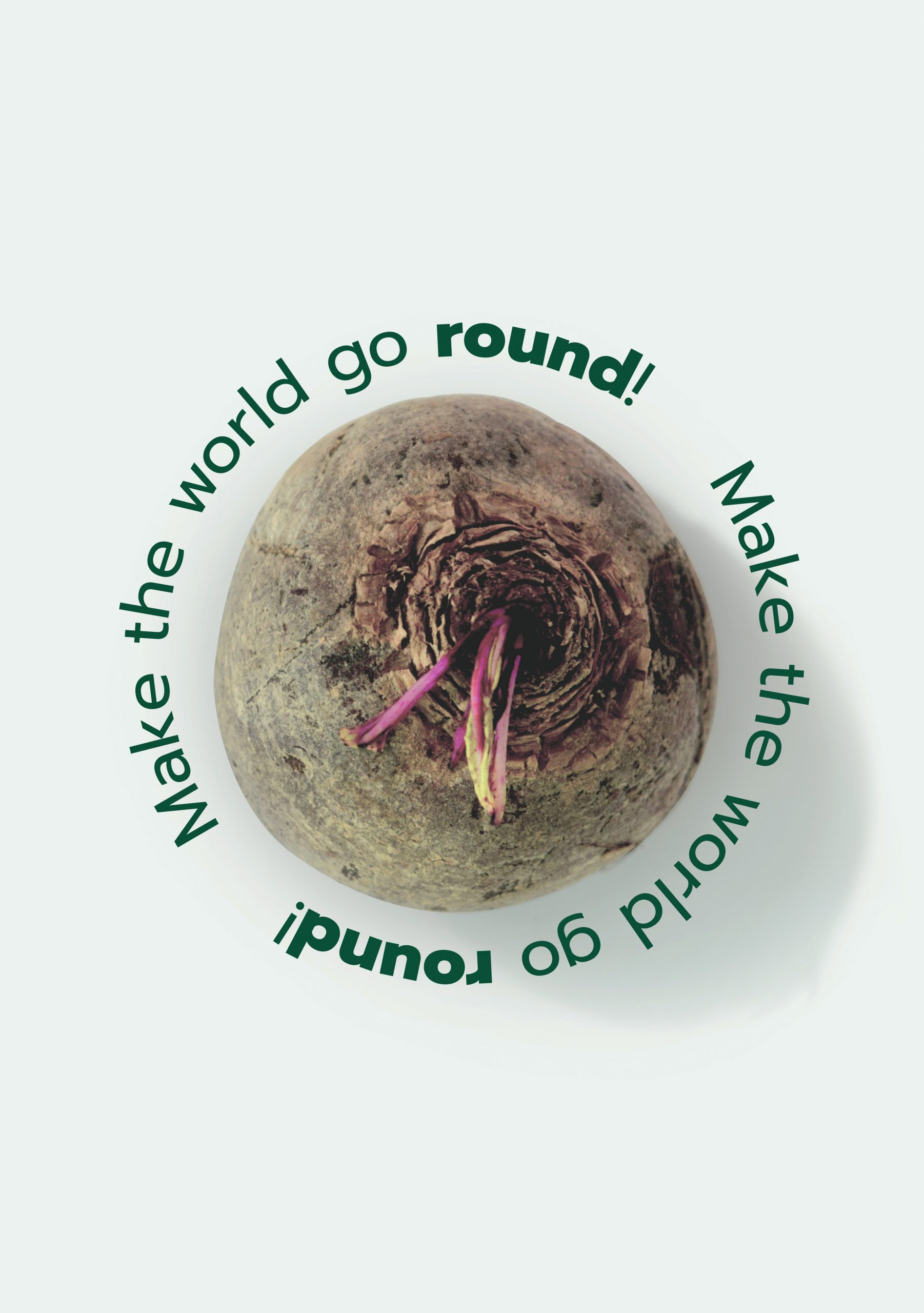
A few months ago, I fell randomly on an invitation for a webinar organized by « L’Innovore » about the « 5th food transition ». I couldn’t assist it, still « L’Innovore » team had prepared a beautiful documentation(1) that I preciously kept, waiting to have the time to know more about this transition I had never heard of, yet.
Did you know that we already went through 4 food transition in humankind history?
First transition: Homo Sapiens discovers fire and starts to « cook » its food.
Second transition: 12000 years ago, invention of agriculture and breeding. Mankind starts to control its food supply.
Third transition: 5000 years ago, with the development of cities, societies are divided in three major groups: artisans, merchants and cultivators.
Fourth transition: Apparition of modern food industry. The agrifood processes are getting longer along with people dedicating less time in kitchens or at table.
You can maybe notice that the gap between each evolution tends to get always shorter, from a thousand of years to a few decades scale.
What is the 5th food transition?
For decades, people had trust in food industrials to be provided with products which would be good to them, and even sometimes with profitable solutions for their health (see the trend of industrial functional food, by example Actimel made by Danone). In developed countries, consecutive sanitary crises between the consumers and food industry actors ended up with consumers being more and more mistrustful.
From their concerns emerged three megatrends(2): today people inspire for a more ORGANIC, more LOCAL and more TRANSPARENT way to eat.
The food sector has today to adapt and change to fit consumers needs, but it could also be the opportunity to rethink a whole system, from production, logistic to consumption.
As Winston Churchill said: « Never waste a good crisis. »
What are the bases of this transition?

« Climate change, collapse of biodiversity, scarcity of mineral and fossil resources, artificialization of soils, economic recession… Each of these threats is sufficient to unbalance the supply of food to cities. The food system must be able to meet the basic needs of the populations, regardless of external disturbances. »
Arthur Grimopont, fondateur du Think Tank Les greniers d’Abondance
Ok, the first glance at the context can be a little overwhelming… It could be easy to feel quite powerless in front of this challenge.
Still when I started to read the report of « L’Innovore », the introduction was already according to me a really interesting way to start to switch our consciences and start to demystify the topic.
First, keep in mind that food transition must take into account the four other ongoing transitions regarding energy, agriculture, industry and demography.
None of this transition will happen without the others, each of them will have a deep impact on the others.

Second insight: « One Health ».
Covid crisis made cruelly obvious that animal condition could have a huge consequences on human health, at a scale that no one really wanted to face before.
« One health » principle as proposed by the Food and Agriculture Organization of the United Nations (FAO) is simple: human health can not be sustain without animal AND environmental health.

How do I want to be part of it?
This transition is today offering consumers, brands, producers, industries, the opportunity to operate a systemic change. All actors must take their part in this transformation.
But for consumers, the amount of information can seem sometimes overwhelming, even if the need and goodwill are there.
People sometimes want to and don’t know how.
It is crucial according to me to create a more inclusive communication and to empower as many persons as I can to find their way through this transition.
This is where the purpose of this blog is, by trying to provide:
- Knowledge, because everything starts here. It’s not really useful to know how when you don’t even understand why you’re doing it and why it’s important. It’s also crucial to give tools to decipher what we are given as facts and to be able to analyse and make wise choices.
- Tips, keeping in mind part of my experience and I will make also richer with new persons, other way of life and thinking. Not everyone has time, space and money enough (or believe they don’t) to put in practice a lot of advices we are given.
- Fun, I hope! Recipes, design related to food, encounters with people, cityguide of my favorite address here in my beautiful Barcelona, but not only, and much more.
Are you ready to start (or continue) your path to the food transition with « Eat your spinach »? 😉
(1) Ebook available to download here!
(2)Megatrend: a major movement, pattern or trend emerging in the macroenvironment; an emerging force likely to have a significant impact on the kinds of products consumers will wish to buy in the foreseeable future. Megatrends evident today include a growing interest in health, leisure, lifestyle and environmental issues.


